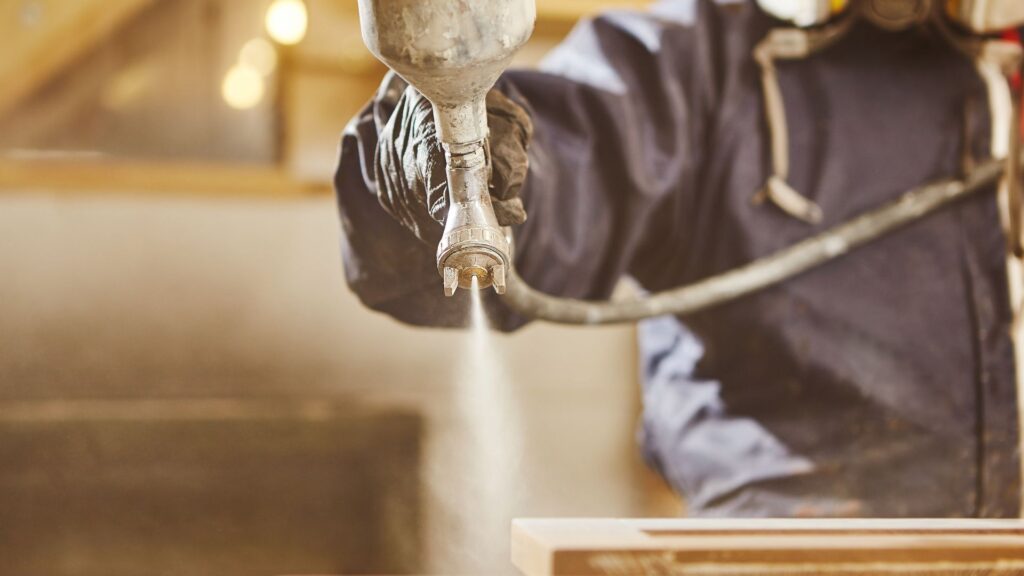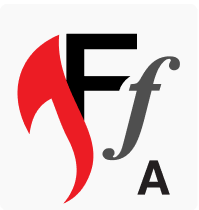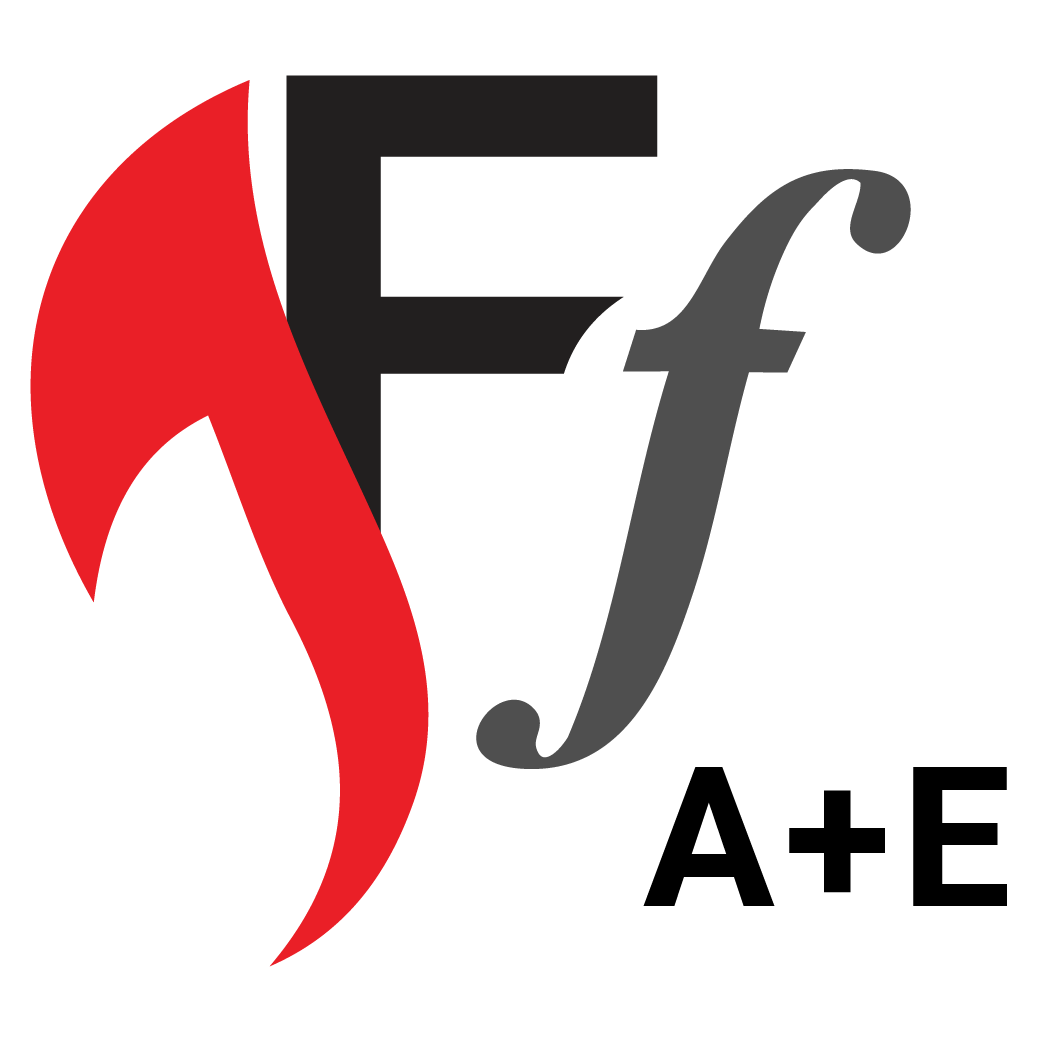High-Performance Fire Resistant
&
Flame Retardant Paint
Competition
Firefree fireproofing material products are unique because of their performance, ease of use, applicability to multiple substrates and assemblies, and full testing and certification to international standards (from ASTM, UBC and FM in the US and GCC, to AS in Australia, EN and BS in Europe), through IAS/ICC accredited laboratories.
Because of their high level of performance, Firefree fireproofing materials are cost effective as they will usually require a relatively low thickness, and thus lower amounts of paint (compared to other coatings) to comply with the fire retardant or fire resistance requirements.
Furthermore, in many cases Firefree fireproofing materials and paints have achieved testing results not reached (or even attempted) by other coatings. In such cases the only alternative to Firefree fireproofing material products are traditional construction materials (gypsum…), which will often involve significant, lengthy, and expensive amounts of construction, and/or destruction/reconstruction to achieve the required ratings.
All fireproofing coatings and systems must be tested and must comply with both International Building Codes (IBC) and Life Safety Code requirements. There are other fireproofing materials and coatings making a wide range of claims, not always substantiated. As this is a life safety issue, it is especially important to examine the viability of any coating by carefully reviewing all pertinent data, including:
- Has the coating been tested to and assembly relevant to your project?
- Has the coating been tested to the correct Test Standard relevant to your project?
- Can the manufacturer provide you with actual, relevant, test data (reports?).
- Has the coating been tested at an accredited laboratory (IAS/ICC), per established standards and industry protocols?
FIREFREE 88 COMPETITIVE ANALYSIS
When considering an intumescent coating you should consider the following:
Does the coating has testing specifically relevant to the substrate being considered?
There are many different substrates used in construction (wood, gypsum, spray foams, composite materials, metal etc…) and obviously the performance of a product will vary depending on the
substrate covered.
Firefree 88 tested fire resistant paint, as opposed to most other coatings, has been actually tested on a wide variety of actual substrates (wood, gypsum, concrete, plaster, thin gauge metal, galvanized steel, aluminum, press metal tin, foam (SPF), plastics fiberglass, carbon fiber, composite materials etc…).
Does the coating has testing specifically relevant to the assembly being considered?
There are many different assemblies (walls, ceilings, shafts, corridors …) and obviously the performance of a product will vary depending on the type of assembly
Firefree 88, as opposed to most other coatings, has been actually tested on a wide range of actual assemblies, including walls, floor-ceilings, roof-ceilings, shafts, corridors…
Has the coating been tested according to the required standard?
If the coating is used to provide fire ratings required by the International Building Code, it needs to be tested to recognized International standards, including, but not limited to ASTM E-119 Standard Test Methods for Fire Tests of Building Construction and Materials. Exact compliance to such standards is critical to ensure consistency and accuracy of testing data and results. Within each standard, there is also be a different time requirements (60 mins, 90 mins, 120 mins)
Firefree 88 tested fire resistant paint, as opposed to most other coatings, has been tested to a wide variety of International standards including ASTM E 119 (up to 2 hours), FM4975 / FM4880, BS 476, AS 1530.3 / AS 1530.4, ASTM E 662-97, ASTM E 3675-98, ASTM E 162-98, ASTM E 1354-94, ASTM E 814, ASTM D3273. FF88’s Factory Mutual Diamond Approval is recognized internationally.

What is the thickness recommended?
Because of the variations in substrates, assemblies and standards, many different thicknesses of coating will need to be used, each tailored and customized for each case, based on actual data from specific relevant testing. Obviously the thickness required will determine the amount of paint to be used which in turn will affect the cost efficiency of the project.
Because of its high level of performance Firefree 88 tested fire resistant paint will usually require a relatively low thickness (compared to other coatings) to comply with the fire resistance requirements.
In the limited cases where other products have conducted actual, reliable testing (see 1, 2, and 5), they would usually require two to three times the amount of paint that would berequired by FF88.
- Has the testing been conducted at an accredited certified laboratory?
To ensure constancy and accuracy of testing data, any testing needs to be conducted at IAS www.iasonline.org third party accredited laboratories, which are subject to yearly calibration and certification and are competent and comply with Industry and / or International Standards. FF88 is tested to IAS third party accredited fire laboratories. - Is the coating manufactured under industry accepted quality control procedures?
FF88 tested fire resistant paint is listed and inspected by FM Approval, and is listed and inspected by ICC/ESR.
In addition to its performance and the breadth and depth of this testing, FF88 has the following advantages:
- can be tinted
- can be used in most cases without a primer
- can be covered by a top coat
All these will have specific advantages in terms of ease of use and costs.
Would You Like To Place an Order
Contact Info
- 8 Commercial Blvd. Suite E Novato, CA 94949
- Toll Free: +1 888-990-3388
- Phone: +1 415-459-6488
- www.firefree.com





